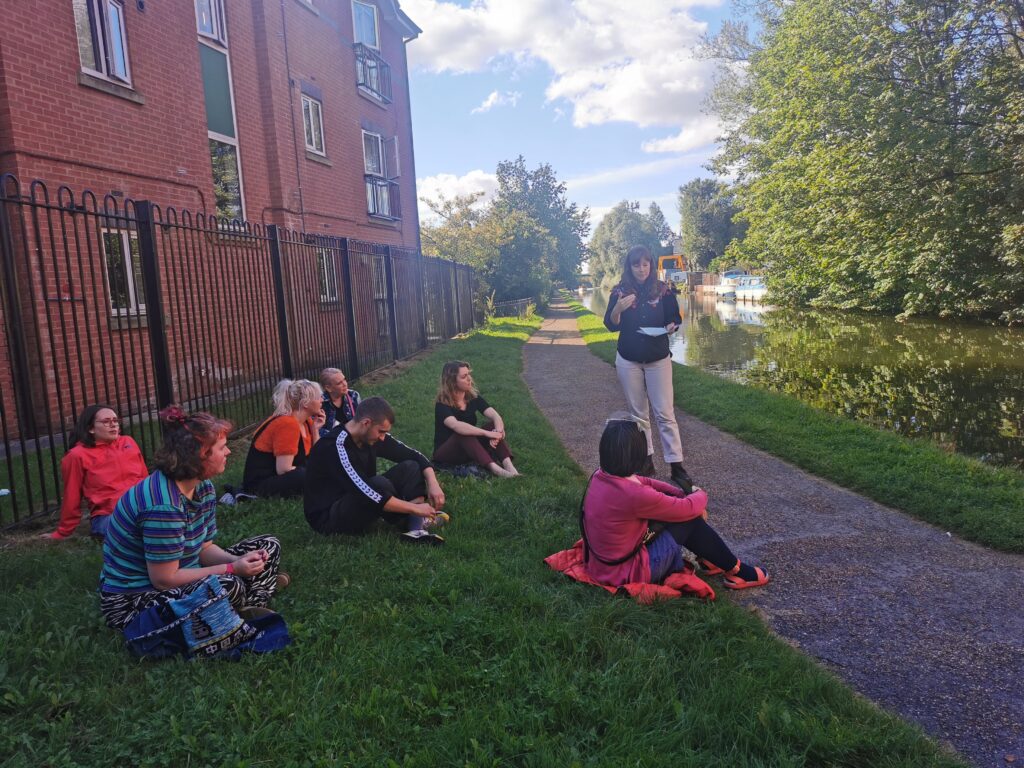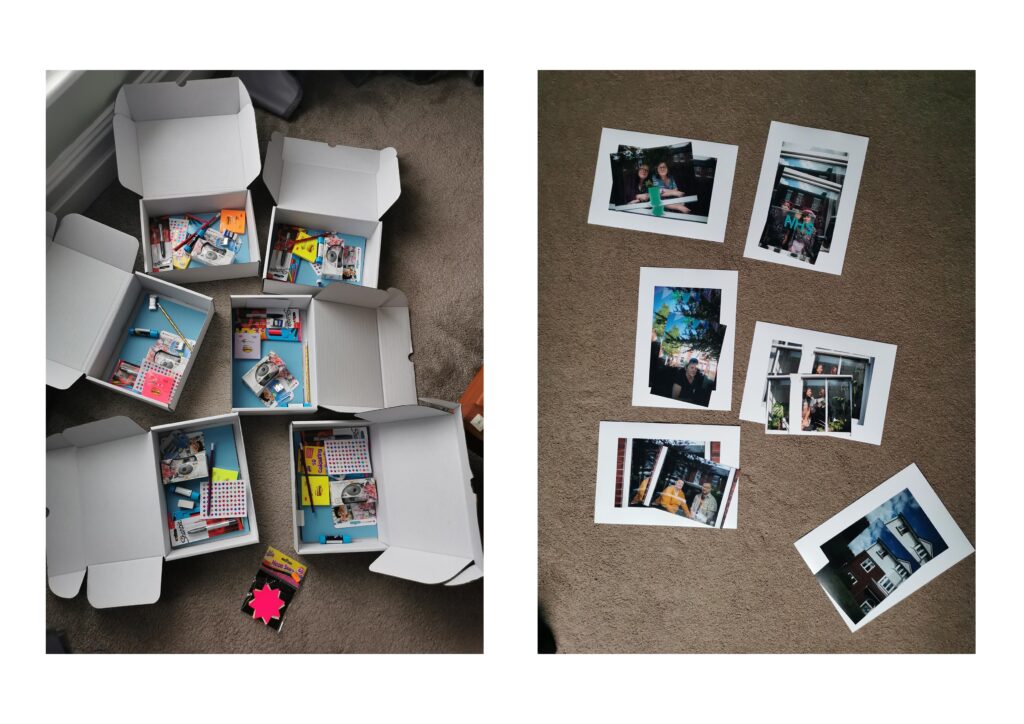We’re a fortnight into the new year and I’m a bit all over the place – involved in various new projects and not really knowing if I’m coming or going (as is often the case, I think this is the curse of the freelancer). I have two main projects going on currently, which are taking up most of my headspace (well, one much more than the other).
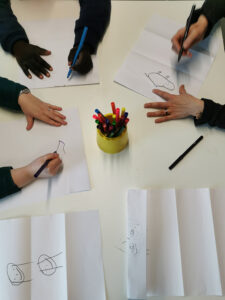
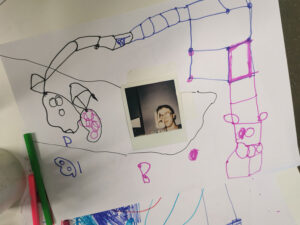
This week we started some workshops at Bridge College, which works with young people aged 18-25 with learning and/or physical disabilities, as part of A New Exchange, an artist development project I’m fortunate to be part of at the moment. My artist partner Hattie and I are running seven sessions with a group of eight young people – this is a new demographic for both of us but the staff at Bridge College are super supportive and open to our ideas. This week was a ‘getting to know’ you session with various drawing exercises and some polaroid photography and next week we are concentrating entirely on photography, but we plan to bring other elements into the sessions after that as Hattie works largely in sculpture. I really want to learn about other art practices and how to integrate that into my own projects. Our group is quite mixed in terms of needs – some members a very able to verbalise what they like or don’t like, while other participants struggle more with communication or have other kinds of needs. We want to make the sessions as collaborative and responsive as possible so need to develop ways to gauge what they want to do as the project unfolds – we need to find approaches which meet everyone’s needs and don’t allow some voices to dominate.
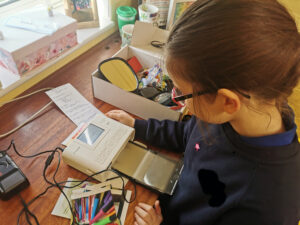
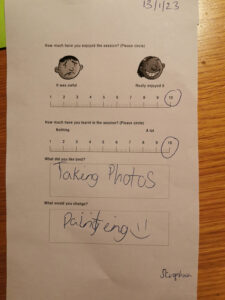
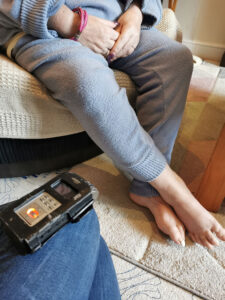
I’m also plugging away with my Open Eye Gallery Reflections commission, for which I’m working with members of the Traveller community in Cheshire West. This is the project which is taking up a lot of head space because I care so much about getting the ethics and approach right and how to juggle the various stories which may emerge. One of these is promising to be quite challenging if it ends up happening as the person has very strong opinions about a lot of subjects which are diametrically opposed to my own. This is going to be an interesting challenge – how to weave in that person’s viewpoint and narrative in a way which works for the wider project and makes him feel heard and respected. This residency has to go at its own pace – people are not always available or easy to pin down, and I just have to keep putting in the time. I am finding with these commissions that there are often artificial and unrealistic timelines put onto them by commissioners but am starting to develop the confidence to ignore these as far as possible and work at my own pace, and at the pace which the project demands.
So far I have a small list of people who I have met or spoken to – some are physically vulnerable due to age or illness, so I have decided to focus on them for now when they are able and not try to spin too many plates at once (although I don’t want other people to forget who I am so need to keep calling in to them now and then). I have also started doing some one-to-one sessions with a young girl at a primary school in Ellesmere Port, it’s not something I would have sought out but it presented itself as an opportunity so I went for it. Today was my second session with her – I’m just doing loads of different photography activities with her and seeing what comes out of it. Today I gave her a film camera to take home. For me this is all about throwing metaphorical mud at a wall and seeng what sticks. I’m not sure what her bit will say about Covid times but I suppose we’re still living through this so I’m sure something will emerge. And children’s voices are so important and often go unheard.
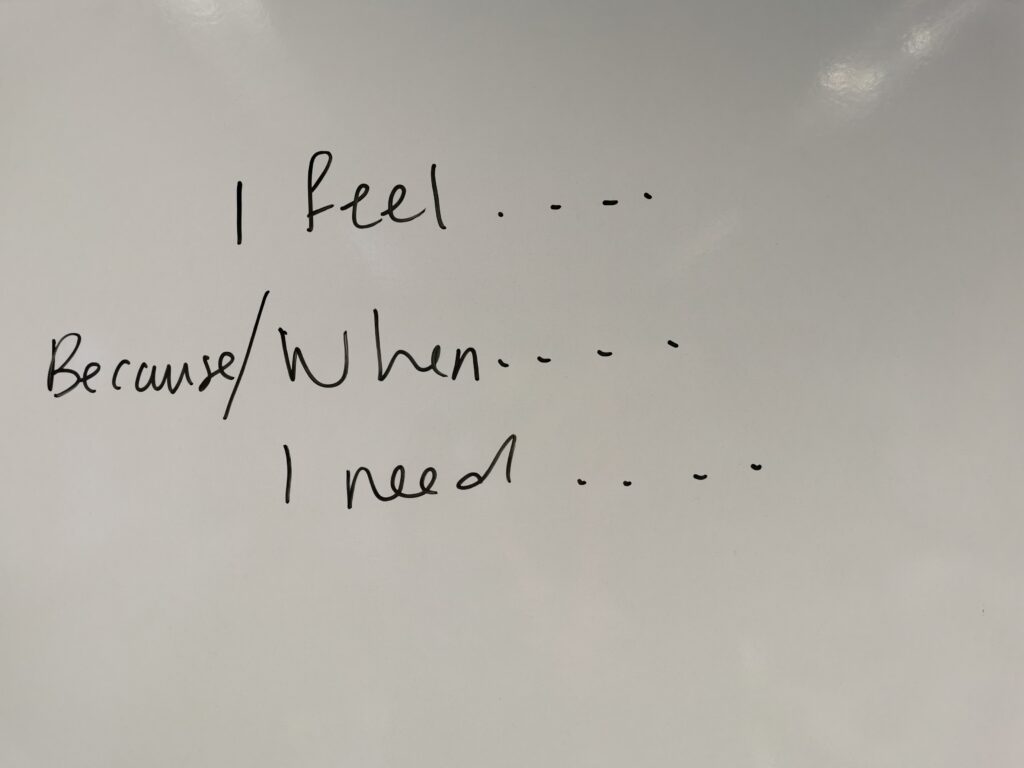 A lot has happened in two weeks on the Making of Us project we are running at the Together Trust.
A lot has happened in two weeks on the Making of Us project we are running at the Together Trust.




